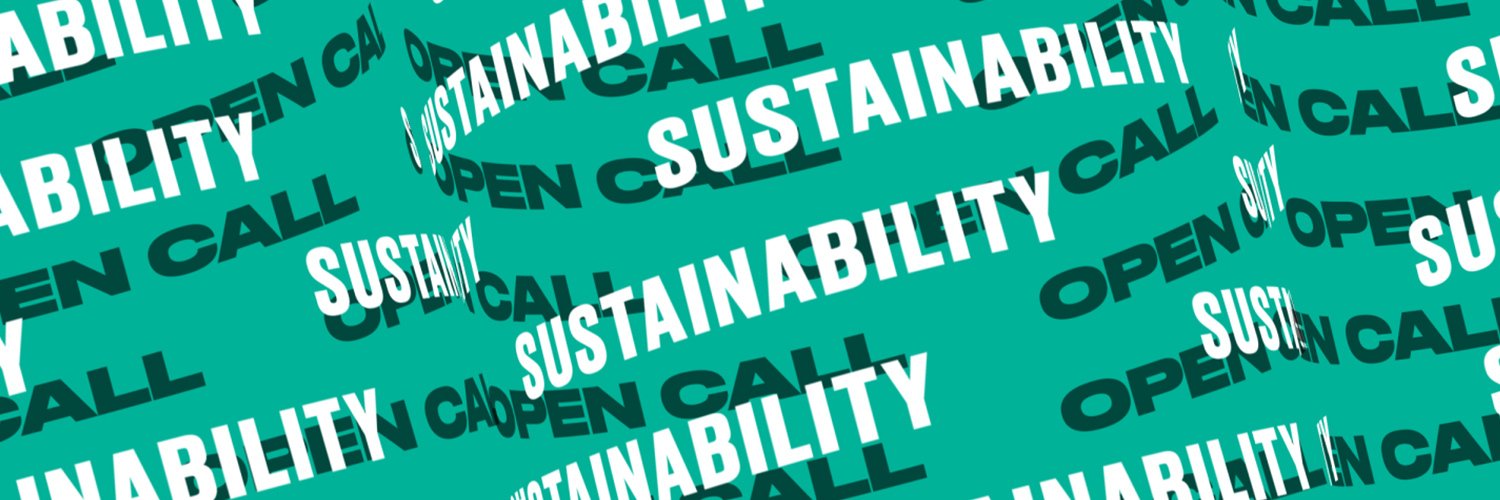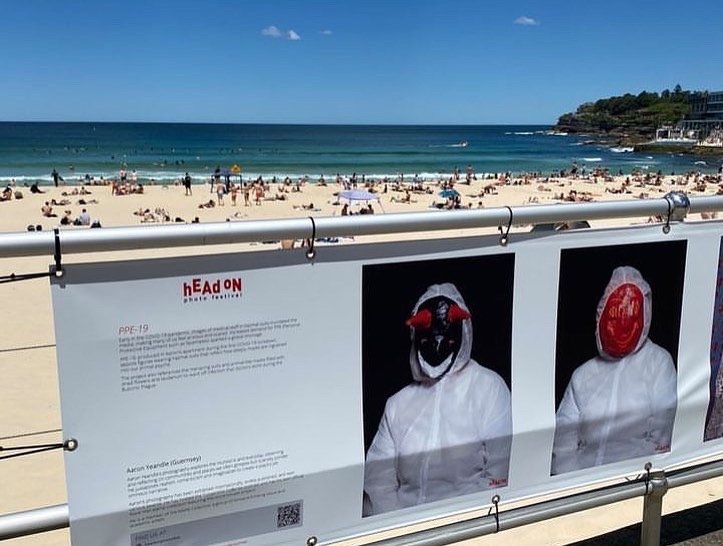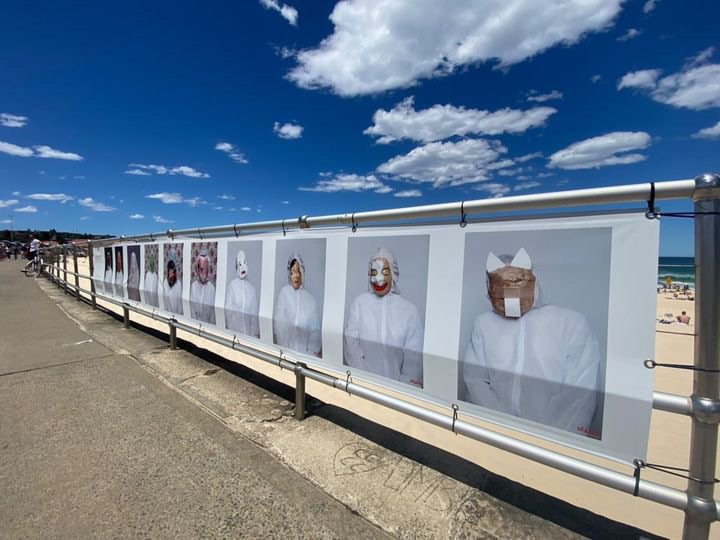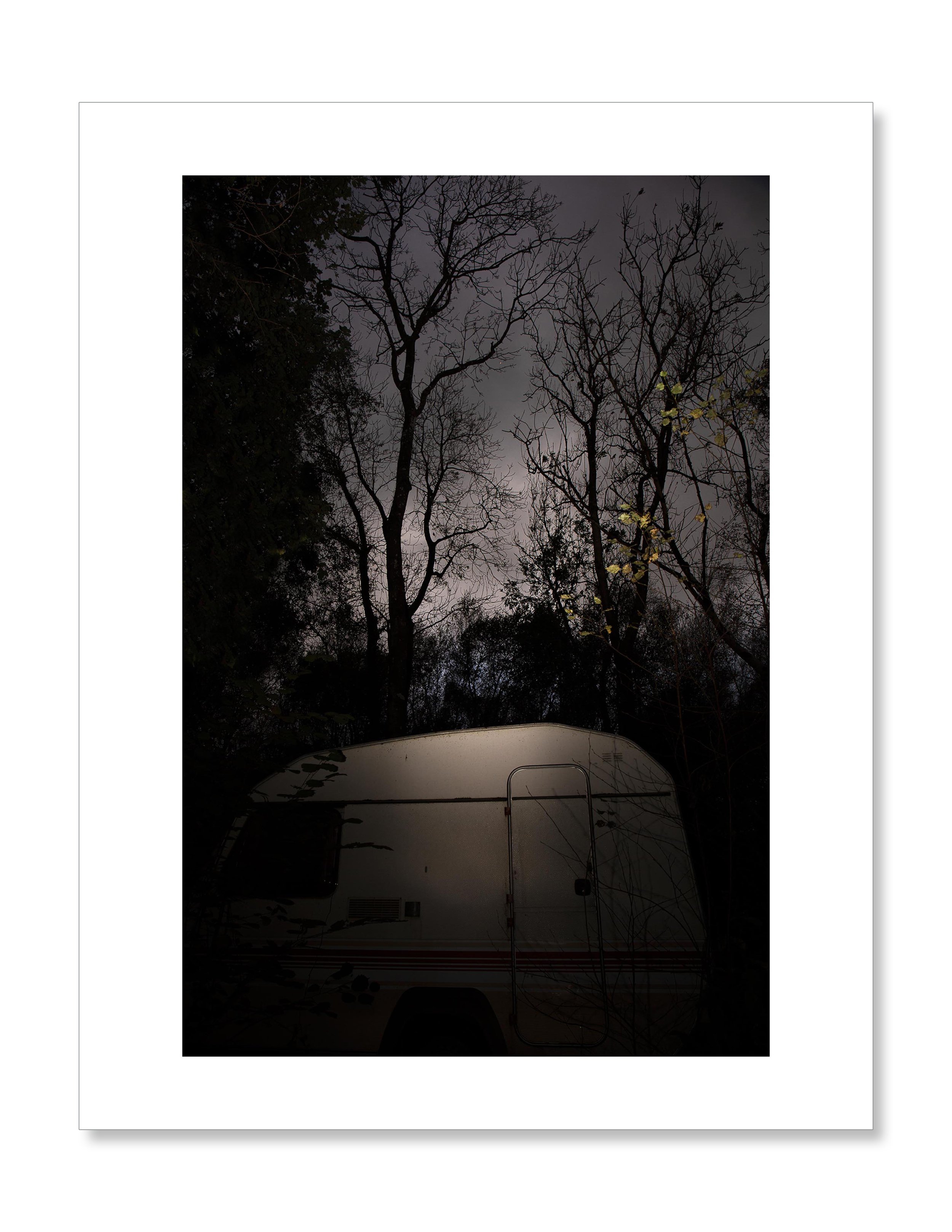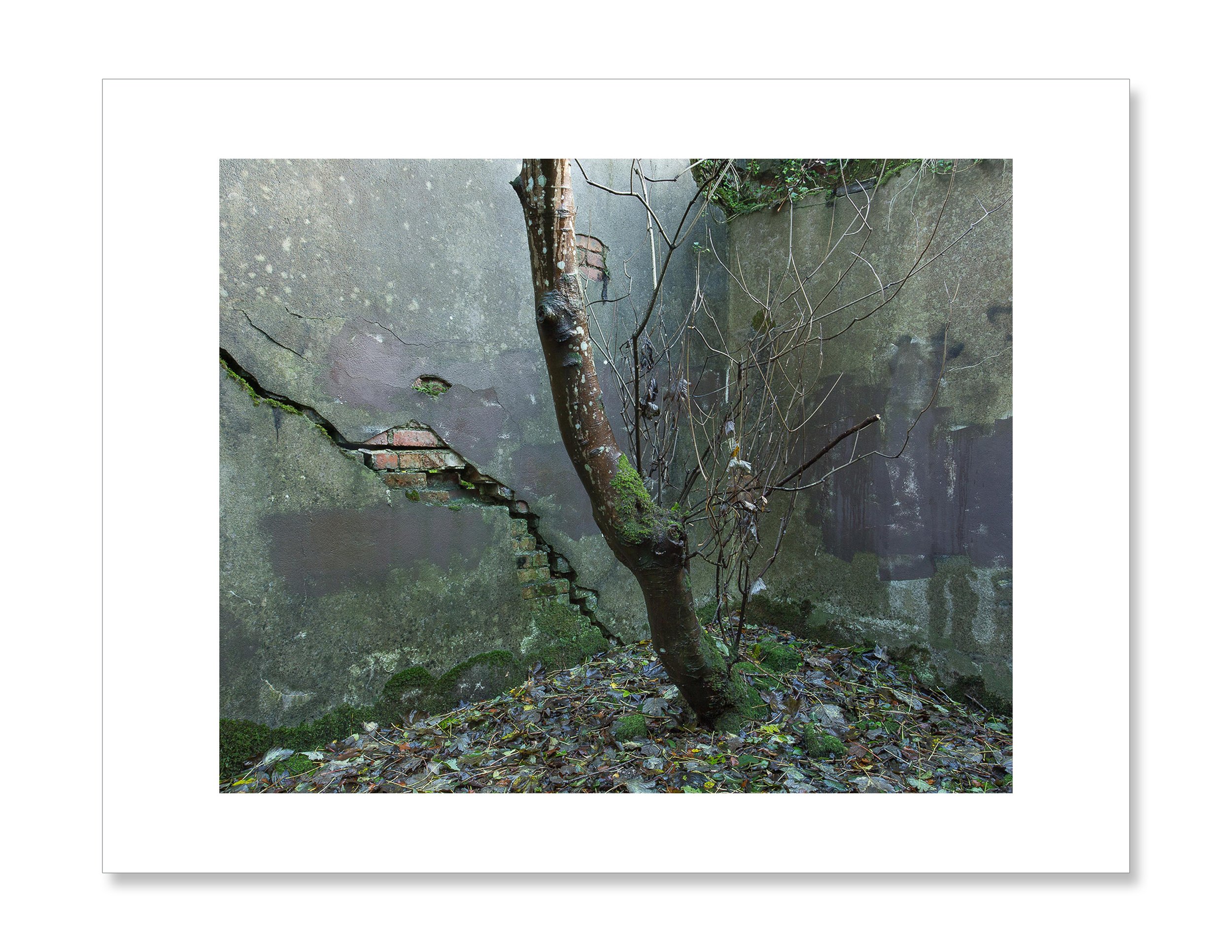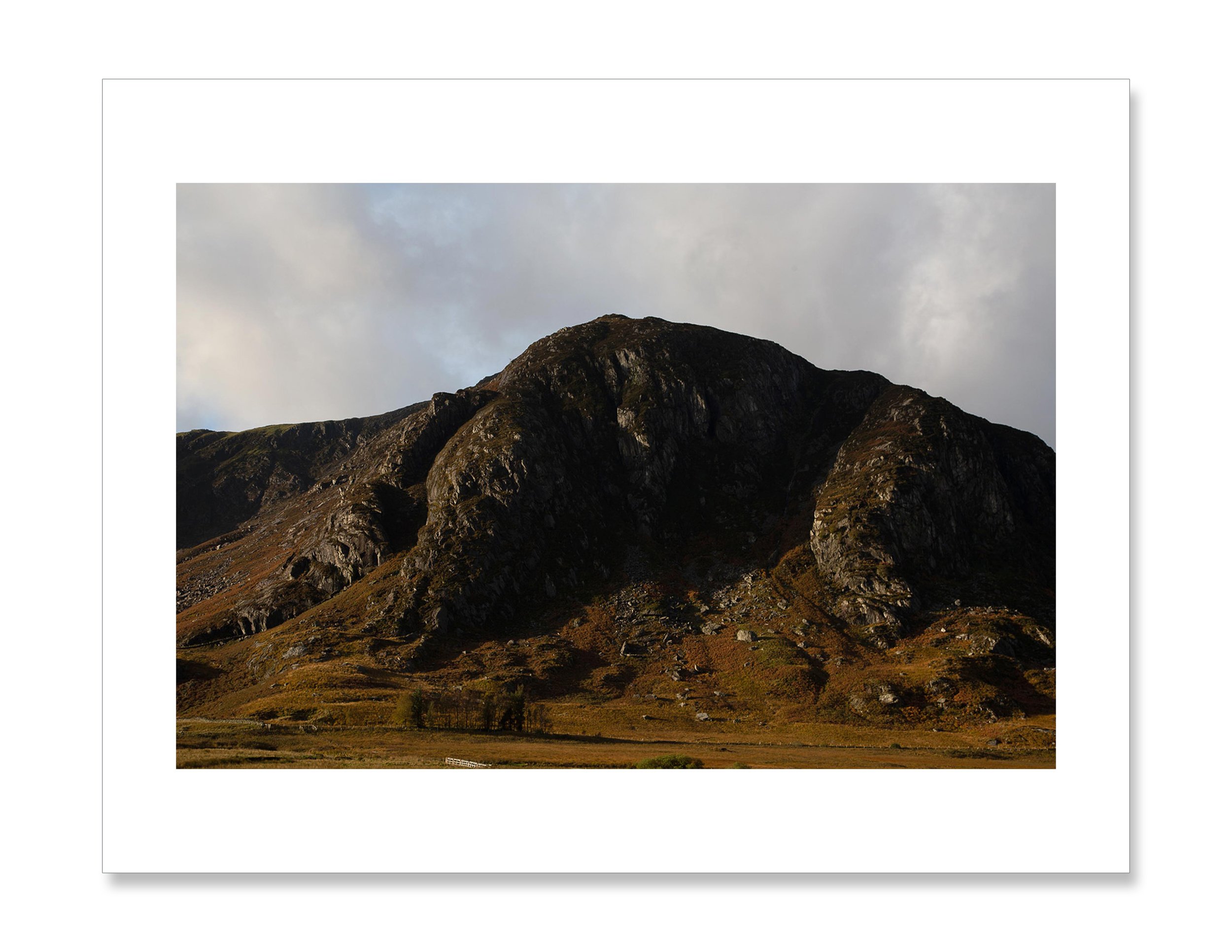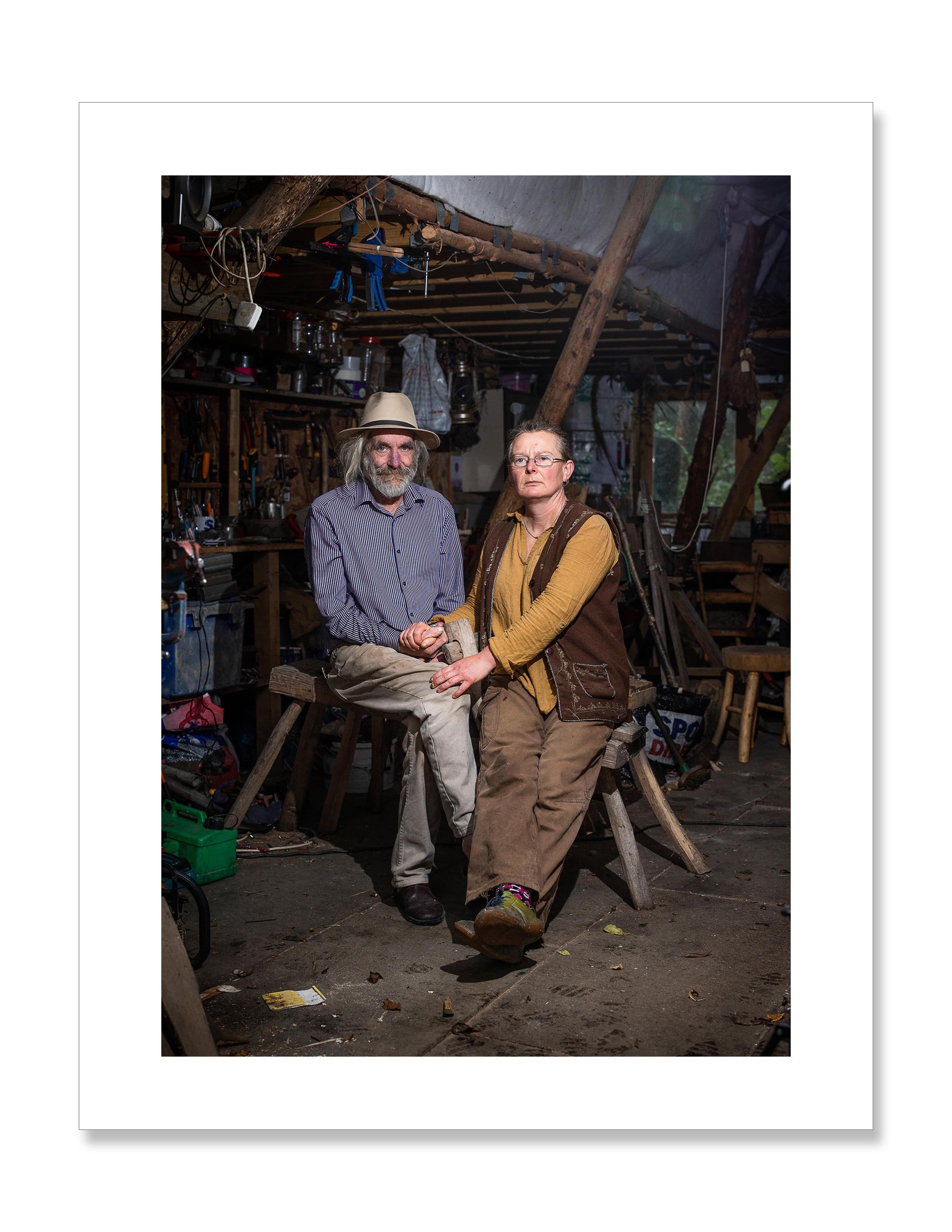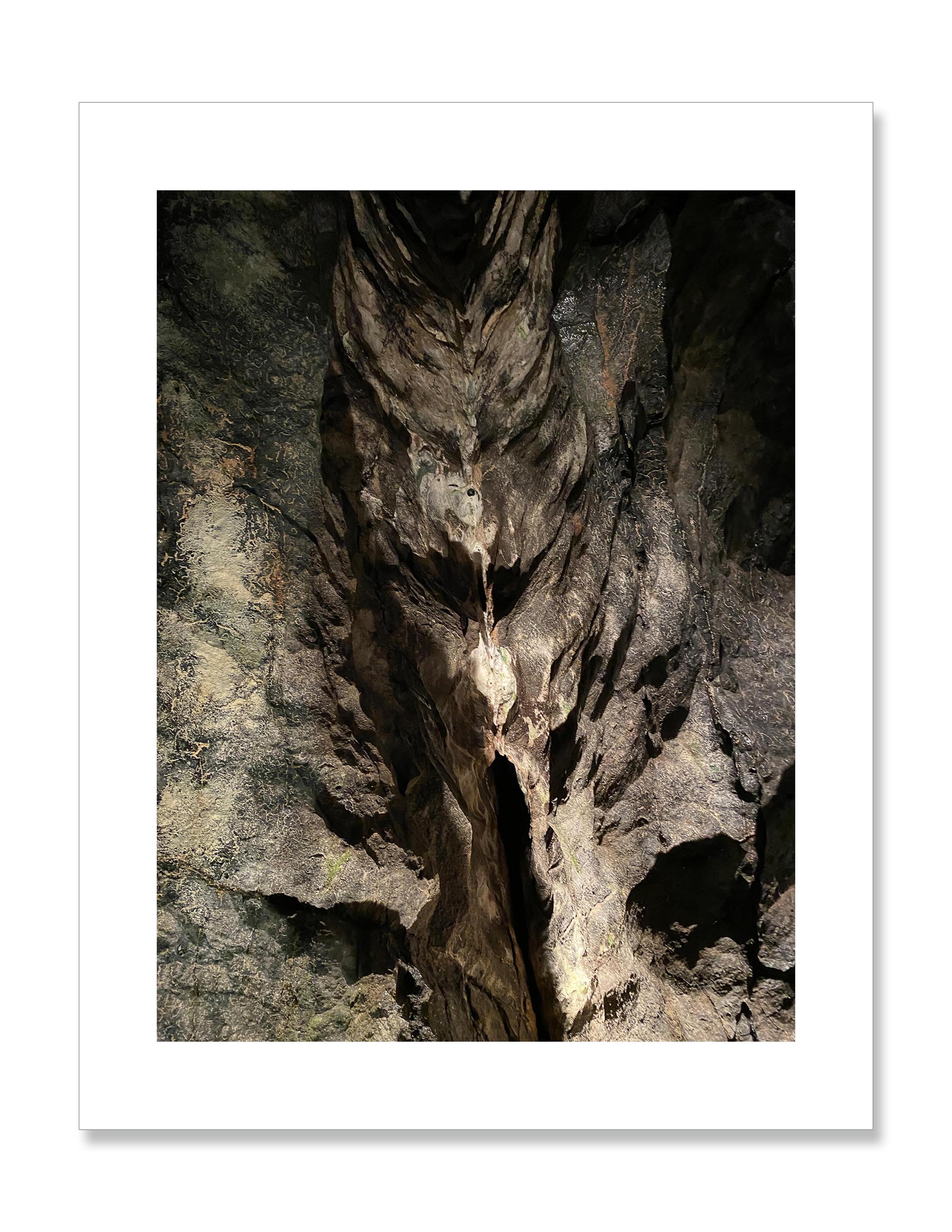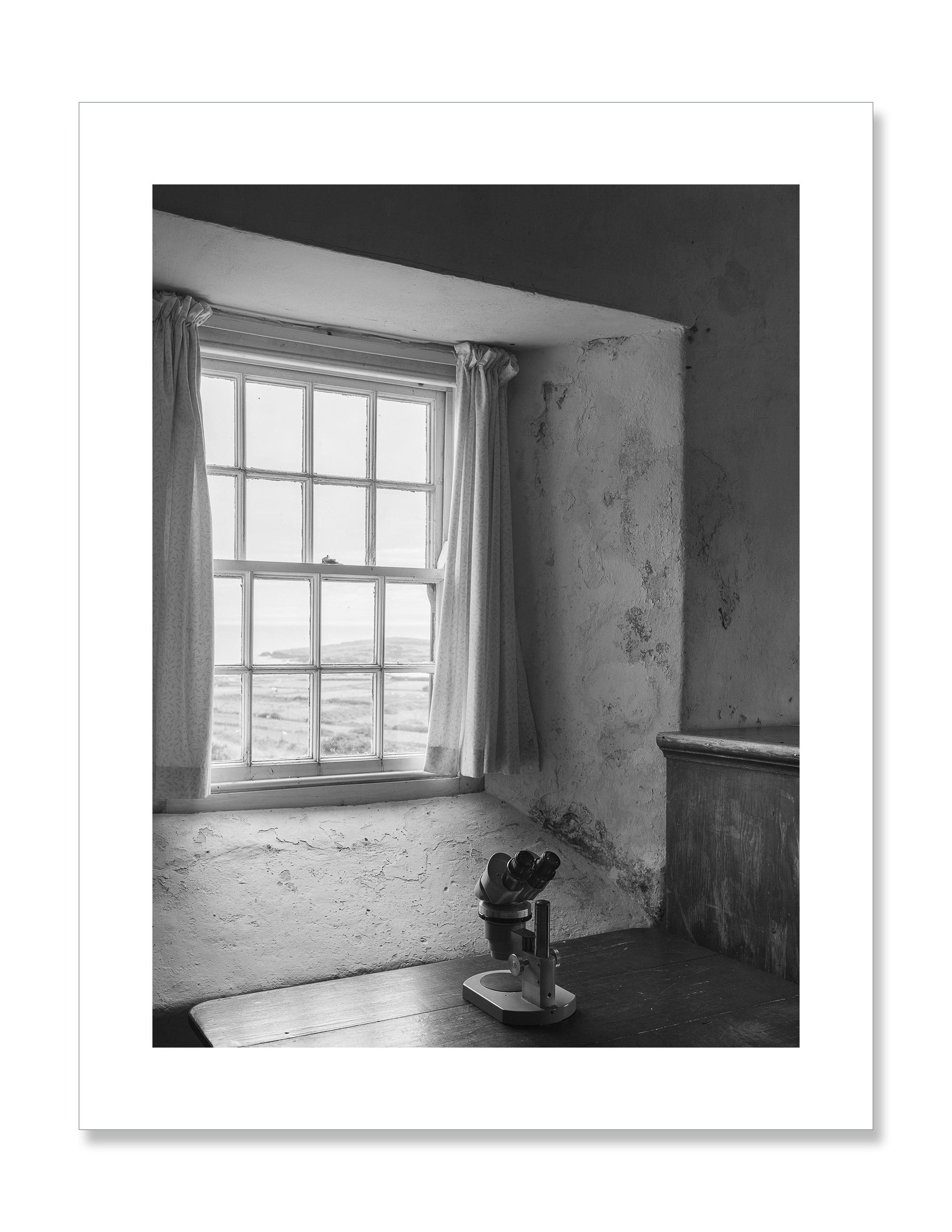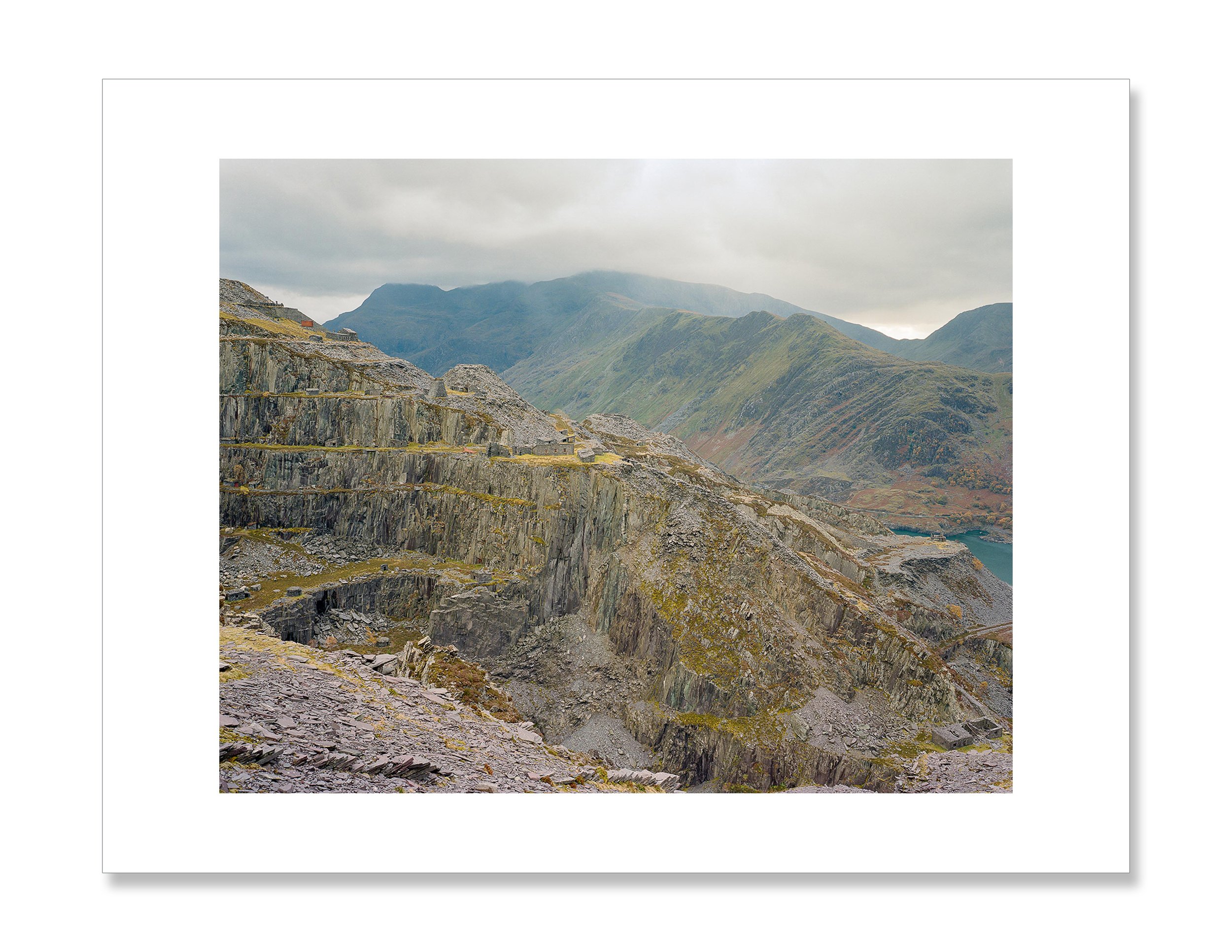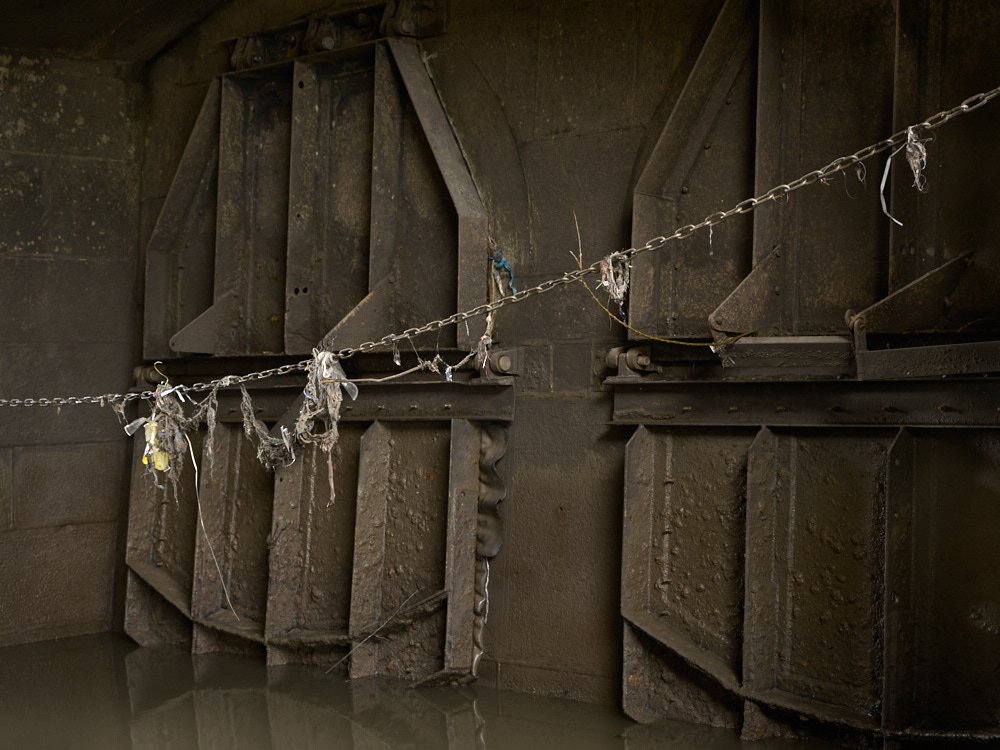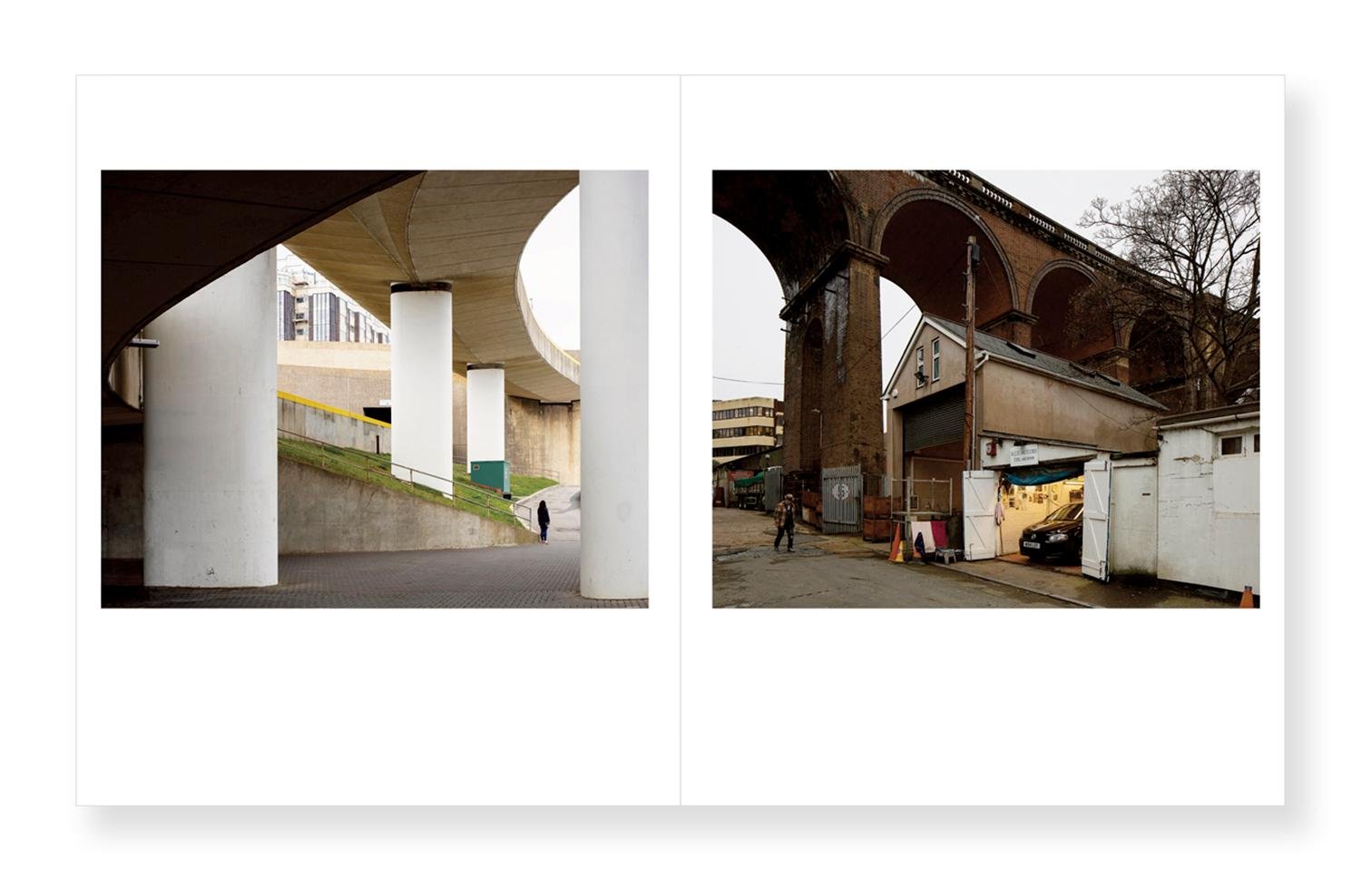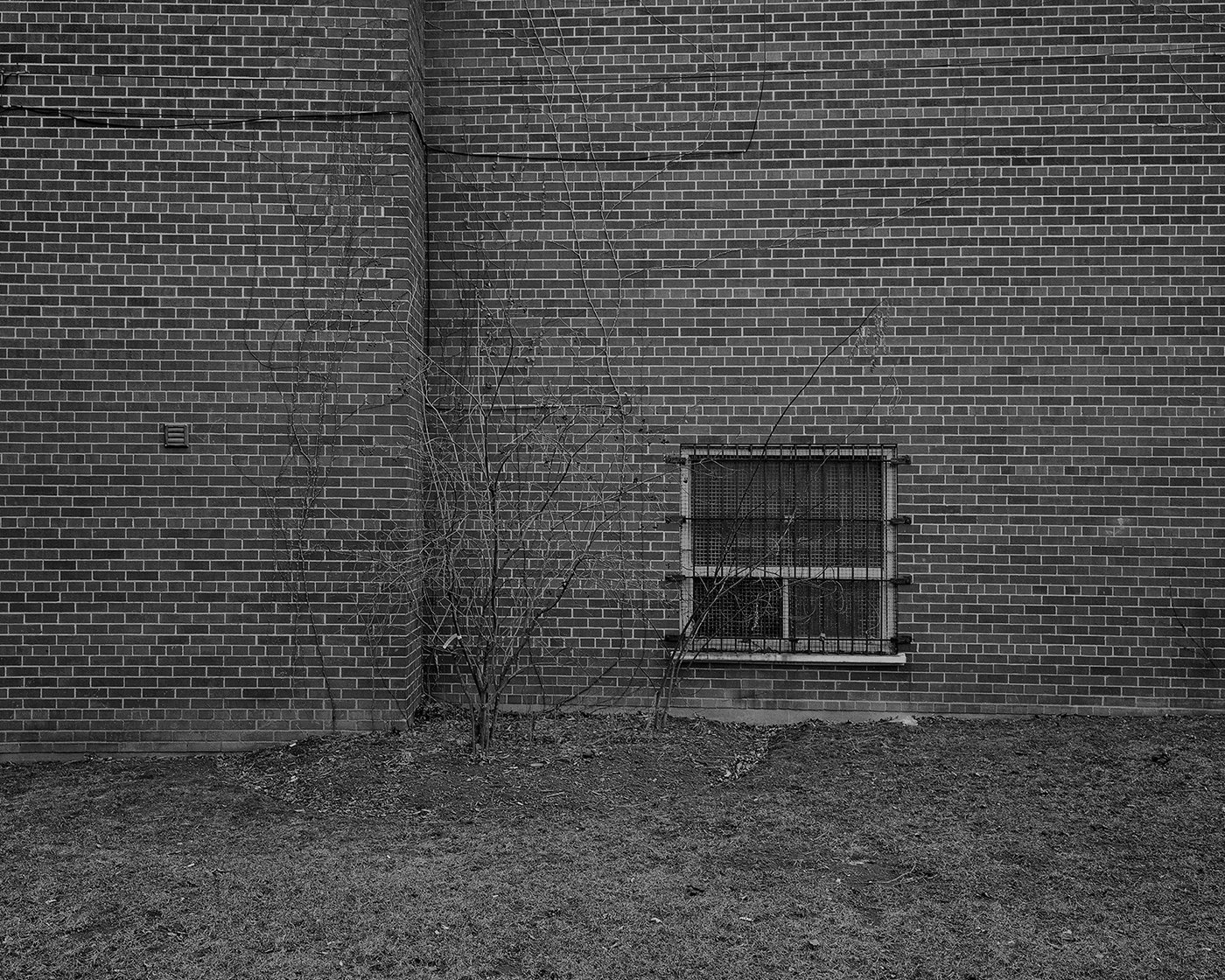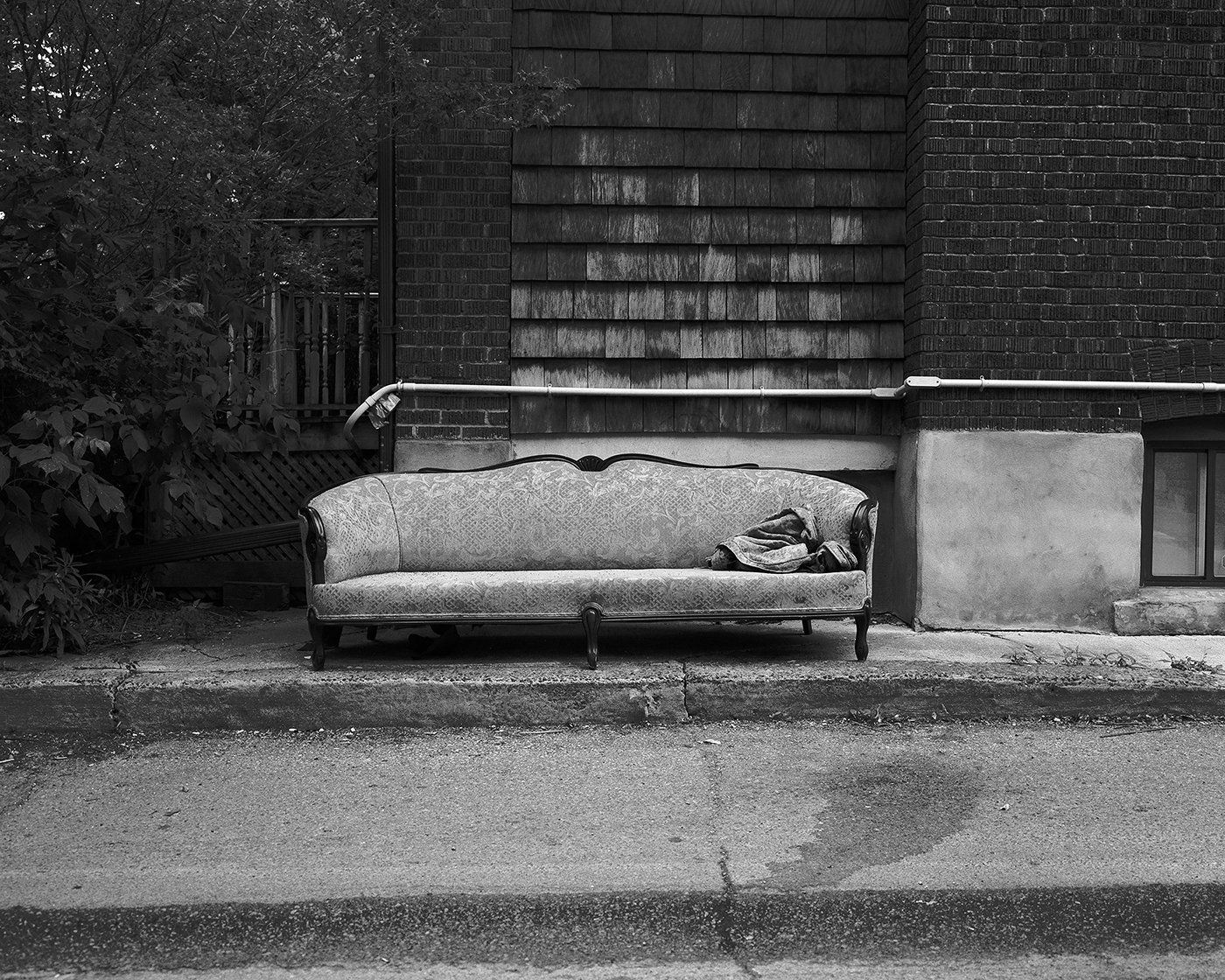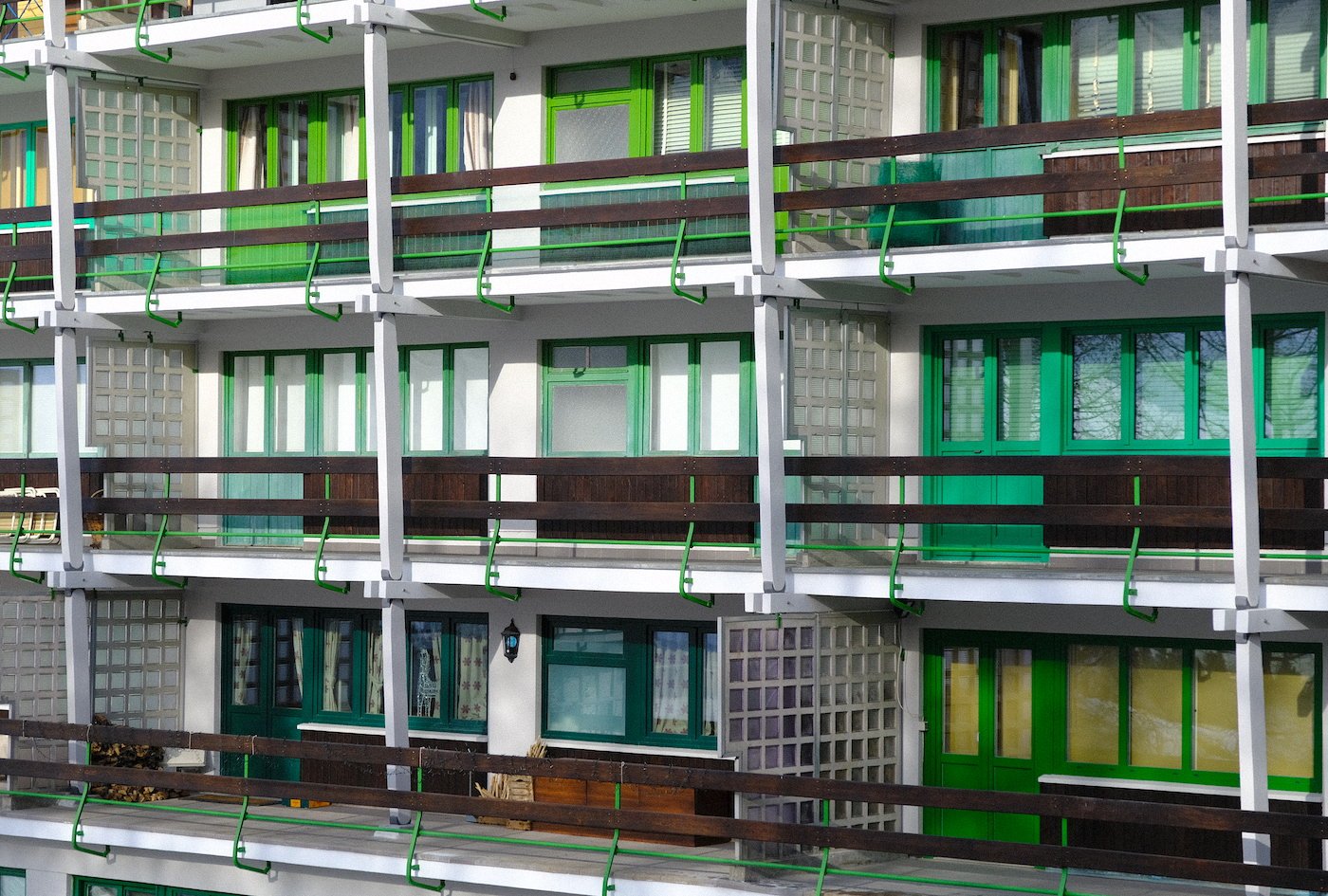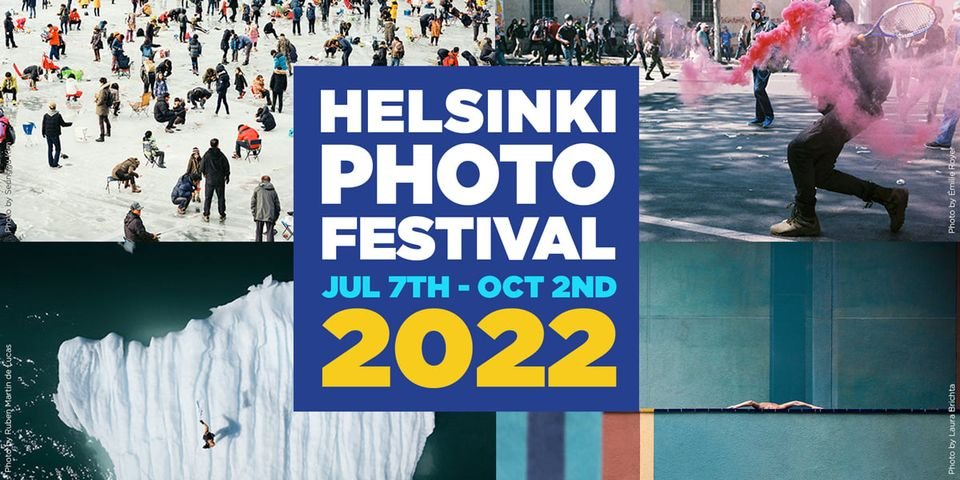MAP6 photographer Paul Walsh was recently interviewed by the guys at Loupe Magazine, where he discussed his own photographic practice as well as MAP6’s Finland: The Happiness Project. The article was made in relation to the theme of sustainability which you can check out here.
Aaron Yeandle at Head on Festival
This year, Head on Photo Festival returned throughout November and early December with an extensive program of online and outdoor exhibitions located across Sydney, Australia. MAP6 photographer Aaron Yeandle exhibited his series PPE on Bondi beech and gave a live artist talk as part of the festival line up. You can find out more about Aarons work and the festival below.
Early in the COVID-19 pandemic, images of medical staff in hazmat suits inundated the media, making many of us feel anxious and scared. Increased demand for PPE (Personal Protective Equipment such as facemasks) sparked a global shortage.
PPE-19, produced in Aaron’s apartment during the first COVID-19 lockdown, depicts figures wearing hazmat suits that reflect how deeply masks are ingrained into our primal psyche.
The project also references the menacing suits and animal-like masks filled with dried flowers and laudanum to ward off infection that doctors wore during the Bubonic Plague.
Guest Feature - Rich-Joseph Facun
In his second monograph, Little Cities, Rich-Joseph Facun guides viewers on a meandering meditation through Southeastern Ohio by depicting the vernacular post-industrial landscape. In their quiet formality, the images call to mind past dreams, present disillusionment, and gently nudge us to look beyond what can be seen on the surface. Through recurring motifs, Facun excavates remaining signs of the Indigenous communities who once called this region home. In mankind’s hubris, we want to believe we shape the land we live on. Facun’s photographs remind us that the landscape contains memory, and it is witness to our misdeeds.
Rich-Joseph Facun is a photographer of Indigenous Mexican and Filipino descent. His work aims to offer an authentic look into endangered, bygone, and fringe cultures—those transitions in time where places fade but people persist. The exploration of place, community and cultural identity present themselves as a common denominator in both his life and photographic endeavors. Facun creates commissions for various publications, including NPR, The Atlantic, The New York Times, The Wall Street Journal, ProPublica, Vox, Adweek, Education Week, The FADER, Frank 151, Topic, The National (UAE), Telerama (France), The Globe and Mail (Canada) and Sueddeutsche Zeitung (Germany), among others. Additionally, Facun’s work has been recognized by or featured in Photolucida’s Critical Mass, CNN, British Journal of Photography, The Washington Post, Feature Shoot, The Image Deconstructed, The Photo Brigade, Looking at Appalachia, and Pictures of the Year International.
His first monograph, Black Diamonds, was published by Fall Line Press in 2021. Hi second monograph, Little Cities, was published by Little Oak Press in 2022 and is available here.
MAP6 edition prints now available
Coinciding with our forthcoming publication Wales: The Landscape Project, the MAP6 collective are pleased to offer a selection of limited editioned prints. The new project explores different aspects of the Welsh landscape, where nine photographers worked closely together making images and joint editorial decisions. Themes within the collective project include, the Welsh quarry landscape and surrounding chapels, a small off-grid community, a journey into some of Wales deepest caves, a North Wales hospital and asylum, a response to the myth of the white lady, and a walk across an ancient and largely forgotten pilgrimage trail. More news about the project and publication launch will be coming soon…
With every print you purchase you are supporting our photographic endeavours by helping to fund coming projects, exhibitions and publications. Thank you for your support. You can visit our print shop here.
Rich Cutler Exhibition
MAP6 photographer Rich Cutler is exhibiting part of his project The Hole-bourne, which explores London's lost river Fleet. The exhibition is held in the belfry of St John on Bethnal Green from this Friday 11 November until 26 November. There will be a late night showing, talks and drinks on Friday 11 from 6.30 pm till late - just turn up.
ABOUT THE FLEET
There were once three great brooks, rising from the Hampstead and Highgate hills, that passed through London on their way to the Thames, namely the ‘Hole-bourne’, the ‘Ty-bourne’ and the ‘West-bourne’. It is the first of these that will occupy our attention. I use its most ancient name, as is given in old records, and which well described its physical character. It was always, throughout its course, the brook or ‘bourne’ in the ‘hole’ or hollow. But it had other names: some spoke of it as the ‘River of Wells’, and this also was a very appropriate appellation. The ‘River Fleet’ is that by which it was best known. However, the term ‘fleet’ can only be properly applied where it was influenced by the tidal flow of the Thames. Turnmill Brook is another name: this also was local in its use.
No better gift could have been conferred upon a city than a supply of pure water in abundance, as was here given by Nature’s hand, yet never was such a gift so abused. In defiance, it became, in our hands, black with filth, and pregnant with disease. We endured it as a nuisance for six centuries, in the heart of London. Now the whole noisome brook is drained off into Bazalgette’s sewers.
I ask you to follow me as I trace the meanders of this lost stream. But it would be a dry record were I merely to point out its course through the miles of houses that now obliterate it.
Adapted from an essay by the Victorian antiquary John Green Walle
MAP6 in Le Monde Diplomatique
MAP6 are delighted to have had a number of images from our Shetland Project recently published in the French newspaper Le Monde Diplomatique. The article looks at the politics of Shetland, particularly in relation to Scottish National Party (SNP). The article ran in print and online in a number of languages.
Guest Feature - Laszló Gabor Belicza
The Sky Above Kóspallag is about a small village in the Börzsöny mountains, it is documentary in nature, but is based on subjective experiences. What I experience here has a special power, the landscape creates order and people adapt to it in the hope of a more sustainable future. Although I have similar experiences in my family, farming, gardening and animal husbandry play an important role, where the bond between nature and man is really close. Maybe it’s just because I can see all of this from the outside, so it is often a precarious process, because I am an outsider.
The fact that I am taking photographs of people, landscapes, and still life is less pronounced. I’m more and more embedded here, community and individual destinies are forming in front of my eyes and I want to be part of that. I don’t know what came first, that it would be good to live here, or that what is here should be immortalised. Obviously, the eye that sees more, more intimately, is the privilege of the locals, but that is not my task for the moment; I infuse the land, the house, the landscape, the rural tranquillity with my own emotions. In this, the trust of the people of Kóspallag helps me a lot.
László Gábor Belicza (1991) graduated from the University of Kaposvár in 2016. His first photo essay (Whole, 2012-2016) was selected in 2016 as one of the ten most outstanding photo projects of the year by FotoRoom. He is not specifically an exhibiting artist, he is more interested in creating photo books. His works can be found in the Rippl-Rónai Museum, the Kunsthalle, the Herman Ottó Museum, and the Petőfi Literary Museum. His works are deep and empathetic, exploring, in particular, the extreme layers of social spheres. Diary-like photographic essays and narratives combined with subjective impressions are the most characteristic attributes of his thinking about photography.
Richard Chivers - New Publication
MAP6 photographer Richard Chivers has been working with Another Place Press to publish his series Passing Time. The project is part of the ‘Field Notes’ collection of zines, which is now available to pre-order for just £8. There are a only a limited number of copies, which are already selling fast. You can pre-order a copy here.
32 pp / 190 x 230mm
Staple Bound
Fedrigoni paper
First edition of 100
FN053
In his book the Architecture of Happiness Alain de Botton suggests “One of the great but often unmentioned causes of both happiness and misery is the quality of our environment: the kinds of walls, chairs, buildings, and streets that surround us.”
The photographs in this project seek to question and re-evaluate urban spaces and architecture and the psychology of these places on the individuals that inhabit them. Made more pertinent when viewed in a context of a global pandemic like Covid 19.
The work was made during 2020/2021, taking walks from my home in Brighton across the city. I would often take the same routes and explore the same spaces to try and get a better understanding of them.
Contemplating the psychological effect of quiet urban spaces on the individuals that encounter them, and how the city can shape the way that we feel. Looking at the fabric of the place to try and reveal meaning, through history, memory, and a shared unconscious.
In memory of a dear friend Richard Peters.
Guest Feature - Ben Dickey
In terms of built environments, I find myself most deeply attracted to the liminal, transient, and derelict – in other words, I am interested in what designed space signifies when it is void of people either temporarily, or permanently. What influence do abandoned, unused, or industrial locations have in shaping our understandings of continuity, identity, and ultimately, our footprint on the world?
For this submission I have gathered some recent images, that investigate and pose these same questions. Some of them come from abandoned homes and farms in peri-urban and rural areas, left crumbling in the wake of shifting economies, suburbanization, and rapid development. Some of them come from within the city, in the industrial area where I work as an urban beekeeper – interstitial zones that provide no comfort or purpose to people outside of their economic, productive functions. Some of them come from within the heart of the city itself, pockets of unused, empty, or soon-to-be redeveloped space. These are images pulled from separate works, or that have simply never been integrated into a project. However, I hope that when viewed together, they generate a meaningful narrative on the use of space, development, and what that means about our societies.
Ben is a multi-disciplinary artist and writer living in Toronto, Canada. His work seeks to understand the relationship between place and identity through explorations of the liminal, everyday, and abstract. His art employs multiple mediums and approaches, while thematically exploring the role of narrative in constructing the physical and emotional spaces of our lives. Grounded, in part through his experience of mental health and disability, Ben's practice is defined by a need to express, direct, and come into dialogue with creative desire, emotional struggle, and perceptual exploration. Through his art he hopes to examine the notions of solitude and despair; alienation and temporality; mythology and the politics of the quotidian – ultimately providing a visual language that gives meaningful expression to the difficulties we face as human beings.
Leia Ankers Joins MAP6
We are delighted to announce that photographer Leia Ankers has joined the MAP6 collective!. Below is a brief interview where she discuses her photographic practice, her influences and her latest project.
Can you share with us your journey in photography – from your inspirations and education to your current practice?
I spent a lot of my childhood at home due to my disability, I was diagnosed with cerebral palsy at age 3. I discovered photography in these years and used it as a way of having fun and coping whilst I was at home. These personal differences from a young age introduced me to the experience of stigma, of being the ‘other’ and as I got older, I decided I wanted to take this into my photographic work whilst studying my BA in photography. During my second year of studying I made the series ‘The same as you’. Prior to my BA I studied a Diploma at college, and I always found myself referencing Diane Arbus in my sketchbooks. One of the first photobooks I owned was also by her.
What motivates your photographic practice?
I would say what motivates me most is just getting outside, talking, and meeting new people, all in an effort to capture and convey a story I’m passionate about and that resonates with me. I spent so many years of my life inside that I began to fear myself as being a hermit. I was so used to the surroundings of my family home that I started to fear new environments and isolate myself. I was in search of a tool that would put me in a position to have to be out engaging with the world. I soon started to realise that as soon as I had a camera in my hands this mental block disappeared, almost like magic. This motivates me, by overcoming challenges that I never thought would be possible.
Tell us a little about your project The same as you and your recent exhibition.
The series began from my own personal story of having a disability. Since a young age I have stigmatised myself through my differences. I wanted to change the notion of people with dual sensory impairment and additional disabilities. In the series, my aim was to represent the perception of disability. I met both Michelle and Cordelia through a friend of my mothers, named Birgit. Birgit is Cordelia and Michelle’s carer. I shared my story of living with a disability with Birgit when we first met, and this friendship blossomed between us both through the openness of our conversation. Through my closeness with Birgit, it enabled Cordelia and Michelle to trust me, I believe trust is what binds a photographer with a sitter, and this allowed me to build the relationship I did with them. It was important to gain trust, as Michelle had never been photographed by a photographer before.
The series was about capturing both their senses and how their other senses have been heightened since sight for Michelle and hearing for Cordelia has been lost. It was important to photograph their hands and them both touching and feeling the environment around them, photographing the record player and how it created this vibration experience for Michelle, influencing her heart rate, breathing and emotions. It helps both of them understand and perceive the world around them. Photographing them in their environments was important as everything is placed precisely to create everyday maps for them to navigate, without order and routine it would be difficult for them. After spending time with Cordelia and Michelle, I was completely in awe of them and their stories. I met many inspiring individuals during this series, but I included Cordelia and Michelle in the final body of work as they resonated with me most. It only felt right to have them both part of the series and I wanted their stories to be heard and seen.
I was fortunate to recently be invited to exhibit my portrait titled ‘Cordelia’ at Galerie Joseph part of Image Nation Paris for the Just Women Exhibition.
If you could work collaboratively with one photographer – living or dead – who would it be and why?
Nan Goldin. I admired Nan Goldin’s work whilst studying, especially after my trip to New York and viewing Goldin’s Multimedia installation at MoMA. This was one of the first exhibitions I had ever viewed. I remember James Brown ‘This is a mans world’ playing loudly and echoing through the room. This installation created an experience for the viewer and made you feel like you had stepped into the images, feeling the intimacy of Goldin’s work. I admired the whole atmosphere and how it brought like-minded individuals together, creating this sense of community through the exhibition.
You can find out more about Leia on her website here.
Guest Feature - Vasilis Nempegleriotis
The Thessalic flatland is a key area in the primary sector of Greece, through the cultivation of cereals. It is the second largest granary in the country and historically the image of the Thessalic landscape has derived from there. Although it covers only 36% of the area of Thessaly, the flatland gives identity and life to the urban countryside of the area. The area is said to offer euphoria and financial comfort to its inhabitants, which is in contrast with my own childhood experiences, growing up in an agricultural family.
Being motivated by this urban myth led me to explore the structure and stillness of the place. The pictures show the interrelationship between the earth, the human factors and weather conditions. My ongoing photographic work Agri-Cultural Pylons, which started in 2017, is a collection of cultural elements captured in the lowland villages in Thessaly, in order to understand the place where I come from and live.
Vasilis Nempegleriotis is a self-taught photographer based in Larissa, central Greece. He has participated in numerous photography seminars, group exhibitions and international photography festivals over the past few years. He is a member of Fplus photography group since 2018.
MAP6 at The Photographers Gallery
Thank you to everybody that came down to The Photographers Gallery for the launch of our new Book Finland: The Happiness Project. It was a fantastic evening where we had the chance to meet lots of new people and share some stories of MAP6. It was also a delight to hear from our friends at The Finnish Institute, who shared some fun insights into Finland and its successes and peculiarities. For those that missed it, the book is available to purchase at The Photographers Gallery in store or online here, and we are also hoping to host more events there too. More news coming soon…
Guest Feature - Alexander Williamson
Inverse Alpinism is an observational photographic series recording the absurd, banal and incongruous motifs of ski tourism, juxtaposing the natural beauty of the European alpine region with the man-made architecture and infrastructure of the Alpine skiing industry. The title of this series - Inverse Alpinism - is a pun on the mountaineering term ‘Alpinism’, which refers to the subset of climbing which involves rapid and often unsupported ascents to the summit. Much like with skiing, speed and continual propulsion are key characteristics of Alpinism. However, this series seeks to slow the speed of skiing, and capture moments of calm amid the chaos and competitiveness of Europe’s most popular pistes. The resorts include La Rosiere / La Thuile, The Three Valleys, Cervinia / Zermatt and Saalbach.
Alexander Williamson is a writer and photographer from the Scottish Highlands. As a freelance and documentary photographer, he alternates between digital and analogue photography to document the strange, ephemeral and unnoticed spaces of the contemporary. He has an MA in Modern and Contemporary Literature from Birbenk, University of London, and a PhD in English from Birkbeck, where the focus of his thesis was unconscious collaboration in the novels of Siri Hustvedt and Paul Auster. Laughing Stock, an autofictional memoir, is his first book.
Book Launch at The Photographers Gallery
Finland: The Happiness Project - Book Launch & Photography Social by MAP6 & The Photographers' Gallery
Date time and location
Thu 21 July 2022, 18:30-20:00, The Photographers' Gallery Café, 16-18 Ramillies Street, London, W1F 7LW
The event is free but space is limited, so please reserve your ticket here
The first of a series of talks and events hosted by the MAP6 photography collective in collaboration with The Photographers’ Gallery. An opportunity to meet MAP6, talk about working collaboratively and making books.
Before we all break for summer holidays - we would love to see and meet fellow photographers and anyone with an interest in Finland and global happiness.
Along with a short introductory talk, images from the project will be shown and books will be available to see and purchase.... the event is a social for aimed at collaboration and collective working in photography.
At this critical time, with issues of global health and environmental impact at the forefront, MAP6’s Finland: The Happiness Project explores themes around the United Nation’s World Happiness Report, which has ranked Finland as the most content nation for four years running.
The UN says it’s not money alone that makes a country happy but six key factors: personal income, social support, life expectancy, freedom, generosity, and levels of corruption. Finland scores well on all of these but particularly so on generosity; the nation’s social safety net combined with personal freedom and a good work–life balance gives it the edge.
With this in mind, MAP6 visited Finland to try to understand why its people are so happy. The resulting nine projects with diverse viewpoints questions and presents ideas about how we can live healthier, happier and more positive lives.
The book production of Finland: The Happiness Project was generously supported by the The Finnish Institute
MAP6 at Helsinki Photo Festival
MAP6 are absolutely thrilled to be exhibiting as part of the Helsinki Photo Festival this year, for which we will be showing our Finland: The Happiness Project. Under the theme of ‘Believe’, we were chosen for the fifth edition of Helsinki Photo Festival which will showcase our project in an outdoor exhibition outside of the National Museum of Finland in Helsinki from July 7 - October 2, 2022. More details coming soon…
Guest Feature - Maarten Vromans
Planners, urban designers, architects. They plan a residential area, develop a city square or design a landmark building. They create a seemingly ideal world. Which only comes alive when people start to work, live and recreate in the created urban environment. When blades of grass peek through the pavement or scrubs start to overgrow complete sections of walls. When sun, rain and wind leave their mark on neighborhoods, squares and buildings. Over time our urban environment evolves. And gains in beauty, far beyond the imagination of architects, urban designers and planners.
From 2014 to 2020, Dutch photographer Maarten Vromans (1975, Rucphen) explored the impact that people, nature and weather have on urban development. For his ongoing ‘Urban Erosion’ project, Vromans frequently worked in Dutch cities such as Rotterdam, Amsterdam and Delft. And from time to time, he also took photographs in other European cities.
Movement. That is at the heart of Dutch photographer Maarten Vromans' work and methods. Whenever he travels from one place to another – be it on foot, by boat or by train – he methodically records the altering terrain that passes him by. This could be the eroded buildings in an anonymous urban setting, but also the untouched landscape of a remote region, or the infinite distance on unspoiled open water. Vromans likes to move through transition areas: the no-man’s-land between residential, commercial and working environments; between built-up, cultivated and untouched areas. There, in places that apparently no longer belong to anyone, he makes photos that are tranquil, abstract and picturesque, and in which the subject always remains recognisable.
His work has been featured in both online and print magazines such as GUP, Broad, BuzzFeed and Aesthetica. In recent years, Vromans’ work has been shown at fairs and exhibitions in Rotterdam, Amsterdam, The Hague, Budapest and London, among others. After a successful crowdfunding campaign, he compiled his ‘Lucky Shots’ series into his first photo book in 2018.
New Book Available at Beyond Words
Our new book Finland: The Happiness Project is now available to purchase at the wonderful Beyond Words. You can visit the bookshop here
Barry Falk in Docu Magazine
MAP6 Photographer Barry Falk has had his long term major project In Search of Amnesia featured in the latest edition of Docu Magazine. The work featured is from a trip Barry made to the Ukraine in 2019, which was part of a larger project documenting the small Jewish communities that still exist in the Kyiv region.
The images presented are from a documentary project, which I began in 2017 and completed in May 2022. These images are portraits from Ukraine, taken in November 2019, and are part of a larger project.
In Search of Amnesia is a long-term documentary project looking into the Jewish narrative in Poland and Ukraine. The project is concerned with memory; specifically, it is concerned with how Jewish memory is held in places that suffered atrocity and immense loss. The title of this project refers to a state of trauma: amnesia refers to repressed memories, searching for amnesia is akin to the process of being inextricably drawn to this deep sense of loss whilst at the same time unable to fully revisit the site of original trauma.
The images occupy this psychological space: the push pull between the horror and the wish to rectify history. In November 2019 I returned to Ukraine, this time concentrating on the Kyiv region, formerly part of the Russian Empire and the Pale of Settlement, a region that stretched from the Baltic Sea to the Black Sea. This region had for centuries, despite numerous pogroms, been a haven for Judaism and the centre for European Jewish settlement. Ukraine’s cities, towns and villages once held sizeable Jewish populations active in trade, commerce and politics.
Ukraine is still culturally and religiously significant to Jews: a major pilgrimage site for Hasidic Jews. This layering of history is crucial to the understanding of Ukraine, and of Eastern Europe in general, and is the contextual soil in which this project sits. The images presented were all taken in the Kyiv region. There is talk of a Jewish revival within Ukraine, with new communities growing in the large urban areas, such as Kyiv and Odessa, however in the rural areas there is a fast declining Jewish population.
My return visit to Ukraine, planned for 24th May 2022, to travel areas east and south of L'viv, reaching down to the Carpathians, was cut short by Russia's invasion of Ukraine, flipping Europe onto its back. Many of the places I had visited, people I met, have been caught up in the ensuing war.
The work features in the May edition of Documentary Magazine, vol 3, issue 5, which is currently available to purchase: @docu.magazine
MAP6 - New Publication
We are absolutely thrilled to announce our new photobook Finland: The Happiness Project. Featuring work by Richard Chivers, Rich Cutler, Barry Falk, Mitch Karunaratne, Chloe Lelliott, Raoul Ries, Heather Shuker, David Sterry and Paul Walsh, the book explores themes around the United Nations’ World Happiness Report, which in March 2022 ranked Finland as the most content nation for the fifth year running. The book includes over 100 images, an opening essay by best selling author Katja Pantzar, author of the The Finnish Way and Finding Sisu, and an introductory text by Danny Dorling and Annika Koljonen, authors of Finntopia. It is available alone, or for a limited time only with a A4-size archival C-type print.
We very much appreciate your support in buying the book, so we can continue to fund our further projects. Purchase a copy now from our shop.
Book details:
128 pages on 170gsm silk paper
254×210mm
Full colour throughout
Perfect bound softcover with front and rear gatefold flaps
Essay by Katja Pantzar, author of the The Finnish Way and Finding Sisu
Text by Danny Dorling and Annika Koljonen from the book Finntopia
Guest Feature - Tommaso Rada
Since the creation of the European Union (EU) one of the goals has been the unification of different countries belonging to the EU and the abolishment of the frontiers between these countries. The Schengen treaty stipulated in 1985 has aimed to gradually create an EU without borders, and in 1990 the Schengen Agreement finally eliminated the borders between European countries, allowing the free movement of people across several European countries and the abolition of internal border controls. In the last decade separatist movements grew up all across Europe, the economical differences between the European countries increased, the foreign politics aren’t common for all the countries, and in a period in which Europe should consolidate its union new obstacles and challenges have appeared. The domestic borders of Europe, now – after the Schengen Treaty and with the European unification — are gone. Just mountains, rivers and imaginary historical lines, are what is left: a liquid frontier between apparently distinct countries.
The rivers, mountains and history trapped in these places define the communities, the interaction and the contact between the people of two neighbouring countries, where the territory and the communities shape reciprocally around a specific space – physical, human and cultural – that get dissolved in the same rivers and mountain places that divide them. Empty of its political value, from a strange limbo made of controls and checkpoints, the domestic borders became just a line on a map. The emptiness of the frontier, that should be filled with new life and dynamics after the unification, get reflected in the territory, and while the world around is changing, on the border the space is assuming a proper physiognomy. “Domestic Borders” became a route where each photo is a stop on the way, not searching for answers but interrogating the social reality, the relations between habitants, the territory and the meaning of Europe today. “Domestic Borders” is a dystopian portrait of the relationships between and across the borders, showing the challenges of living in a unique space.
Tommaso Rada is an Italian photographer currently living in São Paulo, Brasil. He is a documentary photographer working on socio-economic issues. His projects describe society, aiming to question rather than look for answers. His work has been published in several magazines and newspapers such as The Financial Times, Der Spiegel, Monocle, Popoli, The Washington Post and Forbes Brazil. He recently collaborated with Unicef Mozambique, Comunità di Sant’Egidio and Habitat for Humanity Portugal.

